Displaying important works from the Pérez Simón collection and set at the heart of the 19th-century mansion designed for the acquisitions of Édouard André and Nélie Jacquemart, ‘Désirs et Volupté’ acts as a narrative on the art of collecting.
The exhibition is the result of a collaboration between the Mexican businessman Juan Antonio Pérez Simón and curator Véronique Gerard-Powell, who was introduced to Pérez Simón’s Victorian paintings while working on his Spanish and Latin American collections. Including iconic Victorian paintings by Edward Burne-Jones and Lawrence Alma-Tadema, the Pérez Simón collection might be defined by its emphasis on female beauty: from the Virgin Marys of the Spanish masters to the femme fatales of Tamara de Lempicka.
Key works in the exhibition include Greek Girls Picking up Pebbles (1871) by Frederic Leighton and Le Quatuor (1868) by Albert Joseph Moore, while sensitive studies such as Leighton’s Antigone (1882) and unusual works by John Melhuish Strudwick are strong selections, rarely on show to the public.
However, the overall effect is oppressive – small, hot rooms lined by leopard-print carpets and tromp l’oeil marble walls deny any respite from the tyrannical cult of beauty. The prominent placement of Alma-Tadema’s The Roses of Heliogabalus (1888) in the first room acts as a metaphor for the exhibition. Watching hyper-real rose petals flutter over the flailing bodies of gently suffocating courtesans, the visitor is issued with a health warning: you are about to be stifled in beauty, curdled by colour, blinded by cut-glass clarity.
The exhibition responds to the recent British uptake of the Pre-Raphaelites, as demonstrated by the success of Christie’s auction ‘Important Victorian and British Impressionist Art’ in July this year, and most notably the Tate Britain’s exhibition ‘Pre-Raphaelites: Victorian Avant-Garde’. Yet the attitude evident in ‘Désirs et Volupté’ couldn’t be further from the Tate’s insistence on some justifying, external force of radicalism.
Both the exhibition’s power and its failing stem from a reliance on the ‘beauty’ of the paintings to carry us through, as if they were an antidote to a world of monochrome austerity. This fall into fairy-tale idealism and lightly-veiled erotica is vaguely noted as a type of ‘escapism’, the object of which is not specified. The notion of ‘l’art pour l’art‘ reigns, but is confirmed as inadequate.
Nevertheless, the exhibition is a brave assault on French sensibility. In the words of Gerard-Powell, ‘This is the opposite of everything we know in France. The French have an idea that a movement needs to initiate other movements, rather than being a contained creation.’ The Pre-Raphaelites received general acclaim at the 1855 ‘Exposition Universelle’ in Paris, but their influence there failed to extend much beyond the French Realist school.
What’s more, exhibitions of British art are comparatively rare in Paris. Major shows of Thomas Gainsborough and Joshua Reynolds at the Grand Palais in the 1980s met with sludgy indifference, and even the 2010 exhibition of Lucian Freud at the Pompidou Centre generated a relatively subdued response. The Parisians are, however, ardent devotees of Oscar Wilde – an attractive force of decadence that might have provided some pulling power for the exhibition. However, Gerard-Powell was having none of it: ‘Wilde hated these paintings.’
The exhibition essentially classifies the work of these artists as ‘collectors’ items’. Whereas museums are founded (and funded) to provide some overview of a cultural and social identity, for a collector a work of art can be experienced in isolation – it can become an icon for devotion, a vessel for self-identity. Notably, the Pre-Raphaelite oeuvre is held in particular regard by rock stars and the doyens of the entertainment industry.
The Musée Jacquemart-André is itself a living monument to a collector’s fervour. The museum’s temporary exhibitions are held at the core of its own collection, alongside the Italian Renaissance galleries that Nélie Jacquemart fondly described as ‘notre musée dans notre hôtel.’ Collecting at the same time as these artists were painting, the couple might have shuddered to think that the melodrama of Alma-Tadema’s Agrippina with the Ashes of Germanicus (1866) or John William Waterhouse’s The Crystal Ball (1902) would be displayed in direct proximity to Andrea Mantegna’s Ecce Homo (c. 1500) or Paolo Uccello’s St George Slaying the Dragon (1430–35). The effect, nevertheless, is a complex narrative of taste; the fine line between the graceful and the gaudy, the subtle and the ostentatious.
‘Désirs et Volupté: Victorian Masterpieces from the Pérez Simón Collection’ is at the Musée Jacquemart-André, Paris, until 20 January 2014.
Unlimited access from just $16 every 3 months
Subscribe to get unlimited and exclusive access to the top art stories, interviews and exhibition reviews.

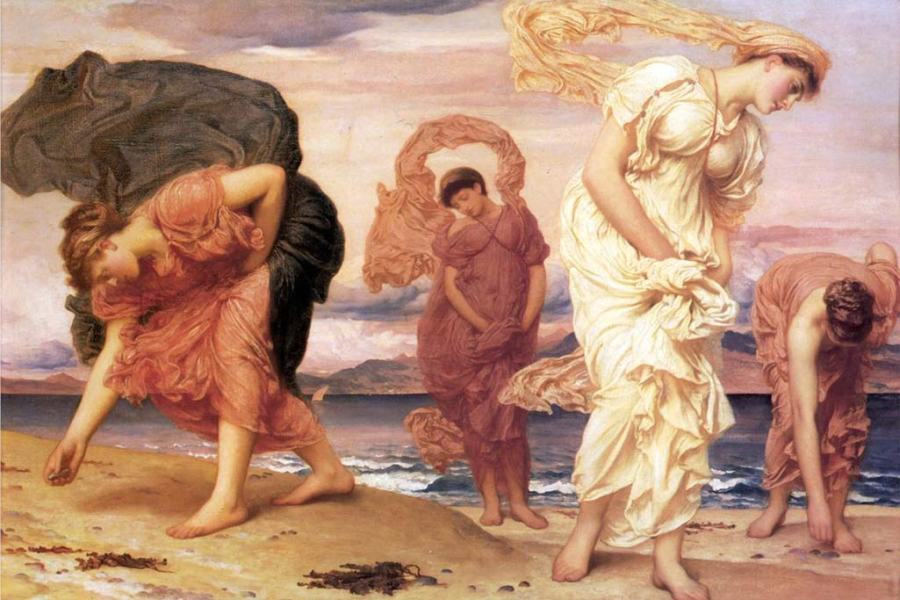
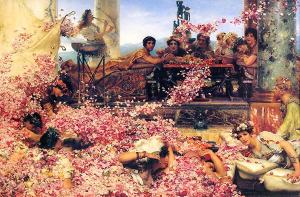
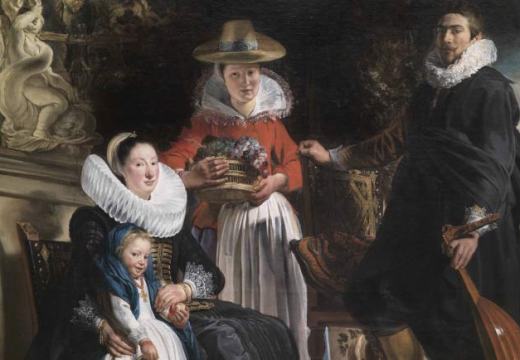
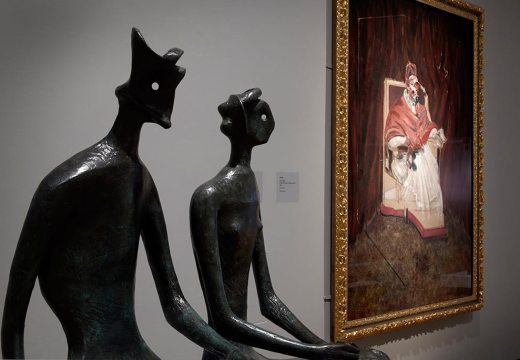
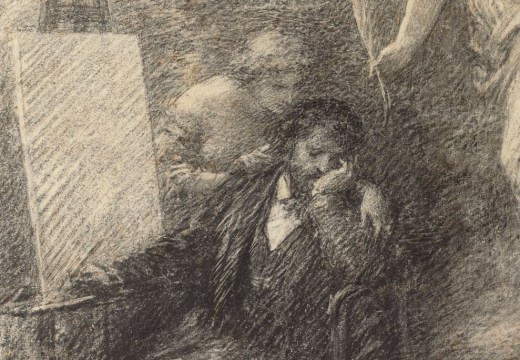









![Masterpiece [Re]discovery 2022. Photo: Ben Fisher Photography, courtesy of Masterpiece London](http://www.apollo-magazine.com/wp-content/uploads/2022/07/MPL2022_4263.jpg)
It’s time for the government of London to return to its rightful home